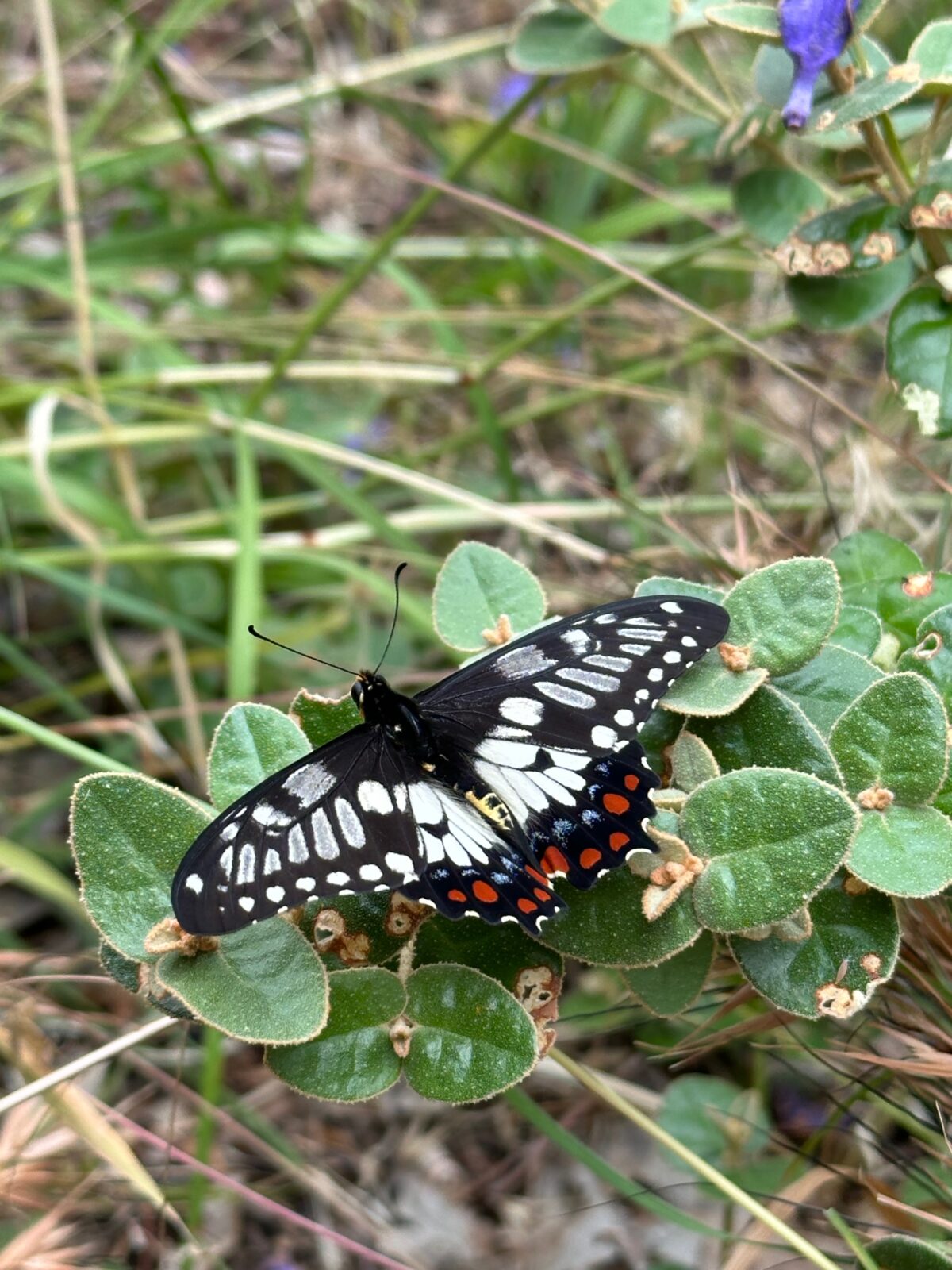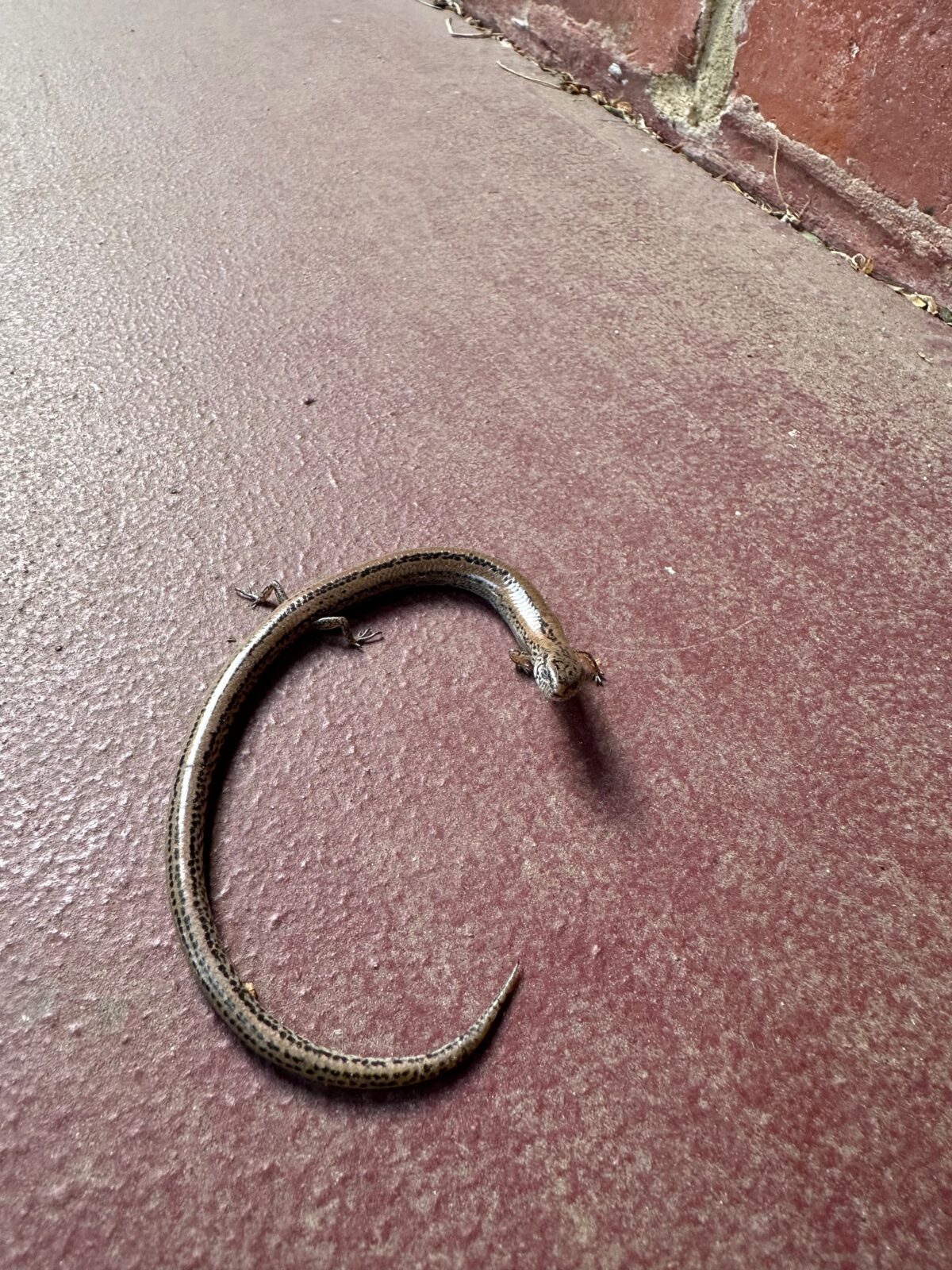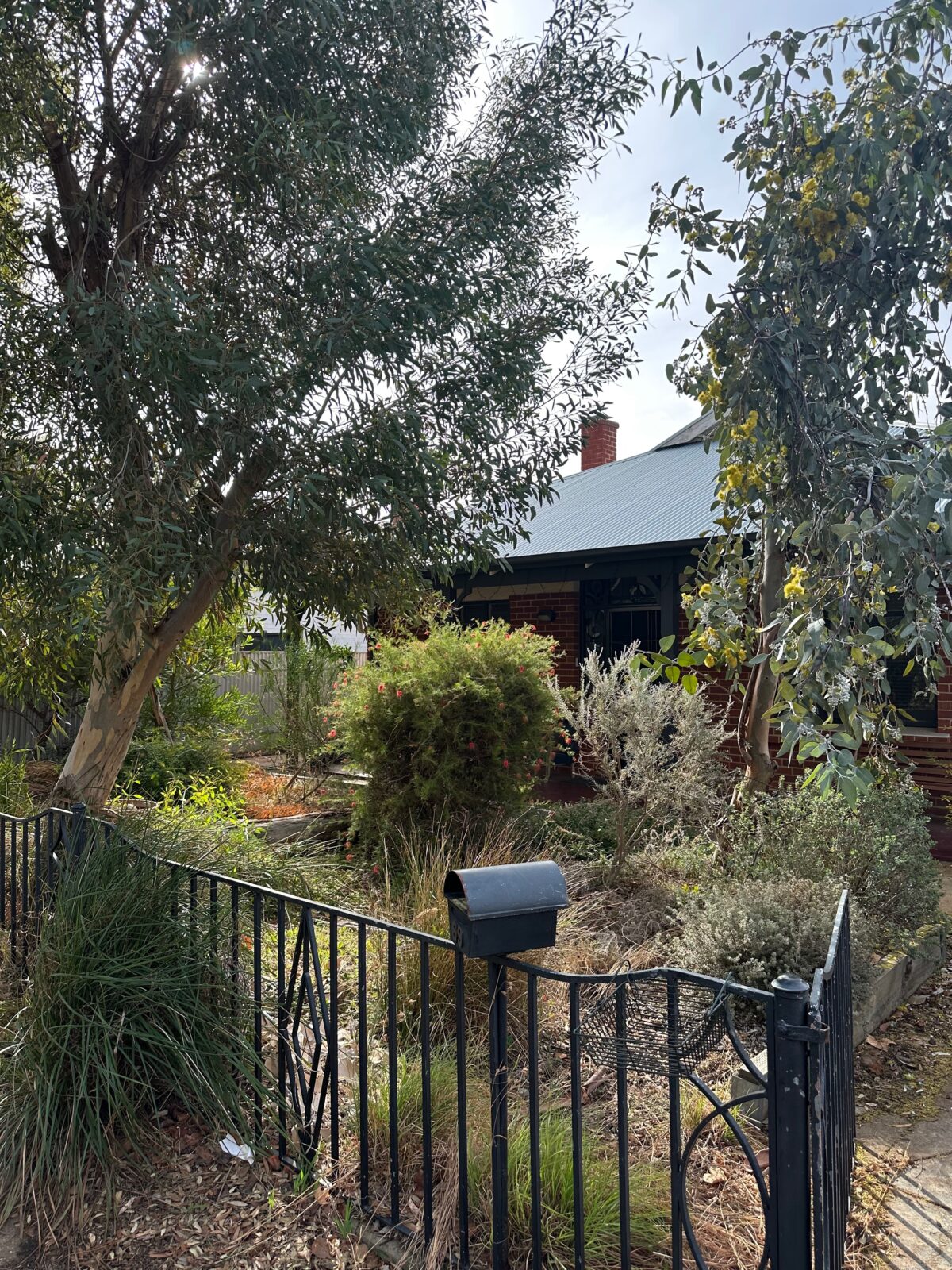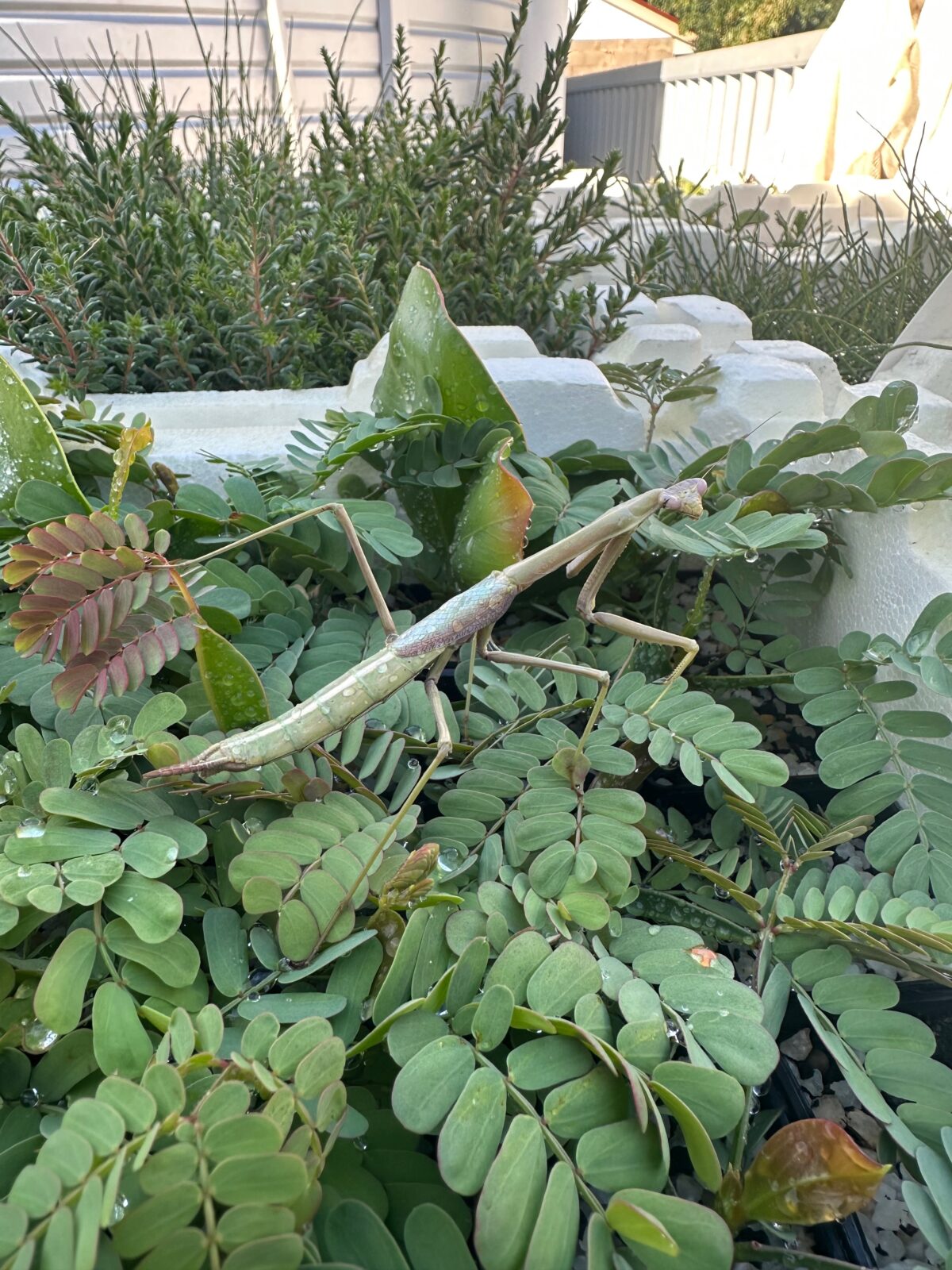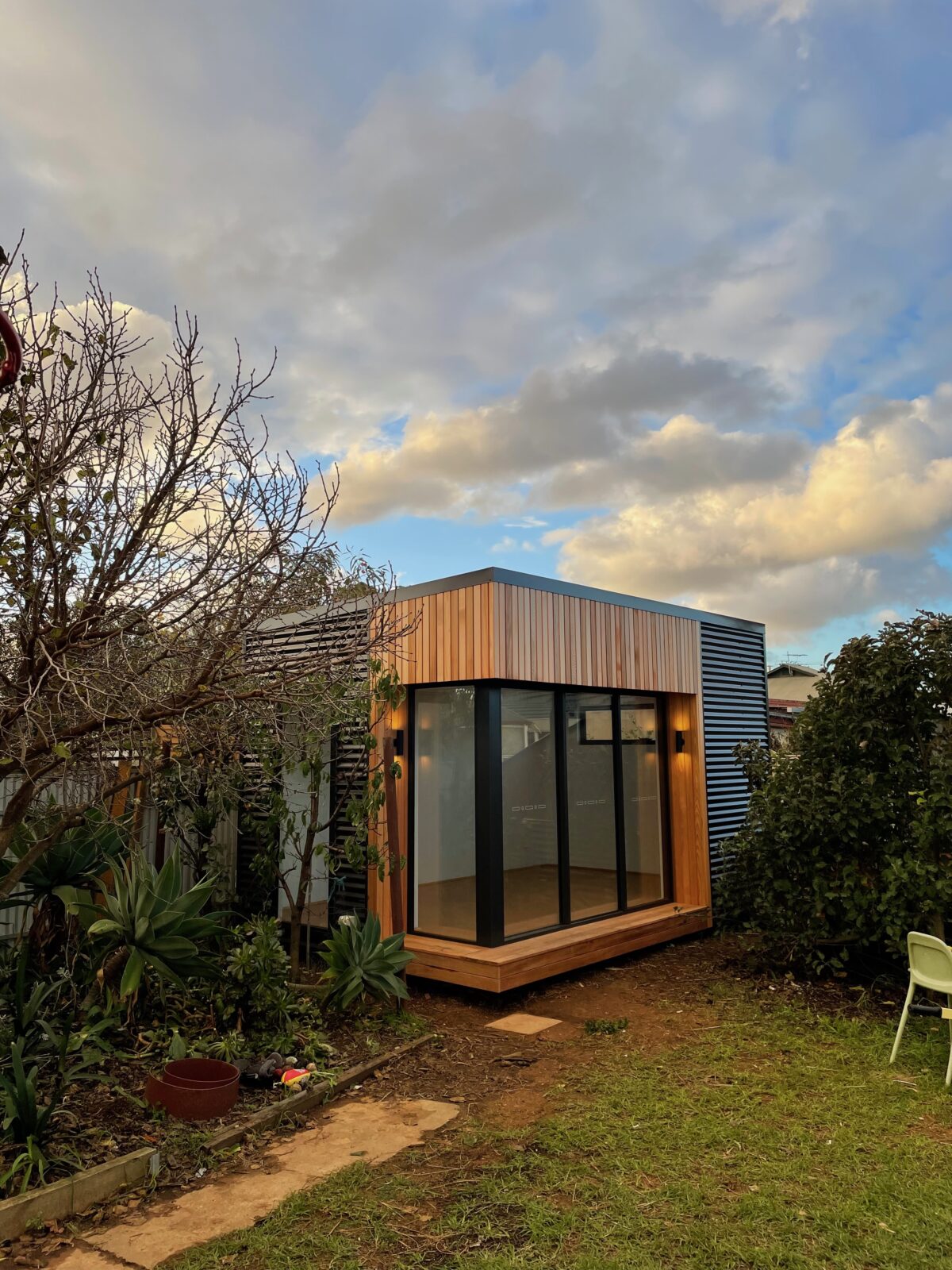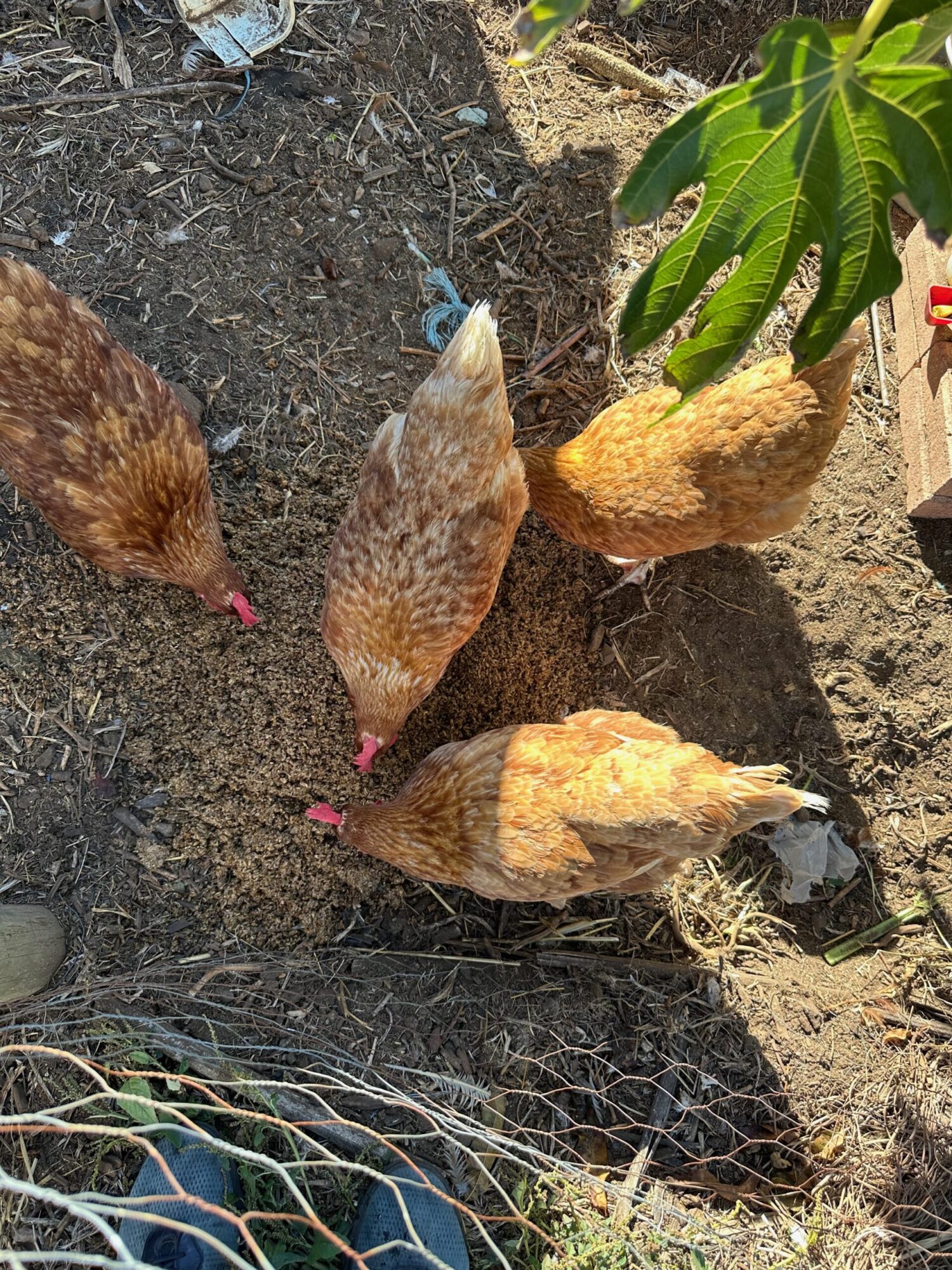An Urban Tale
Australia is in the midst of a major ecological shift. Whether it is the destruction of native habitats, continuing mammalian extinctions or rising sea temperatures, we face challenges at every turn. In our cities we see the continued sprawl into prime agricultural or bushland to accommodate a rising population and address the ‘housing crisis’ and algal blooms cause mass deaths of marine life, the likes of which we’ve not seen before.
Here at Think Human, we have posted previously of our participation in Trees for Life’s volunteer Tree Scheme which has seen us grow more than 1000 trees to support land-care causes, something we will continue. As well as this, support for groups like Bio-R and the Nature Conservancy see us striving to do something to support large-scale regeneration, repair and conservation.
But closer to home, we have been on a journey to transform our 700m2 suburban block from a traditional cottage garden into a native biodiversity hotspot and a productive food bowl.
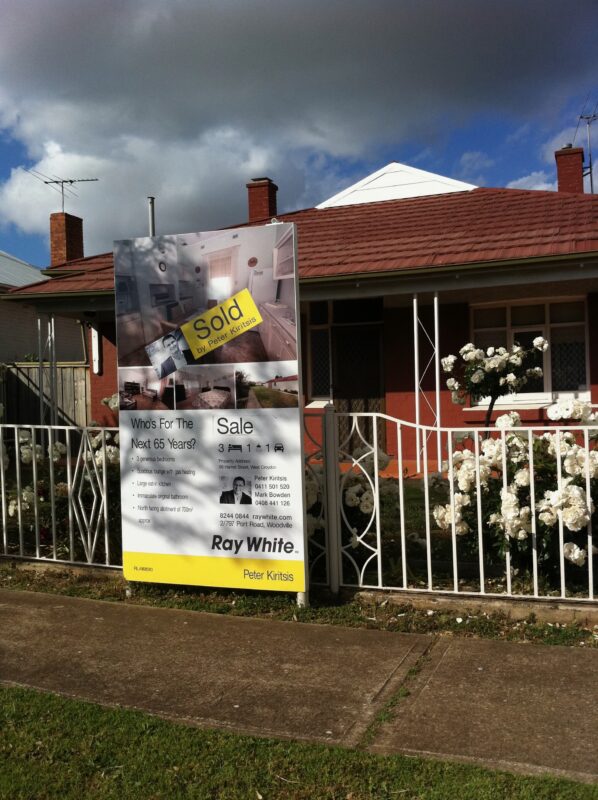
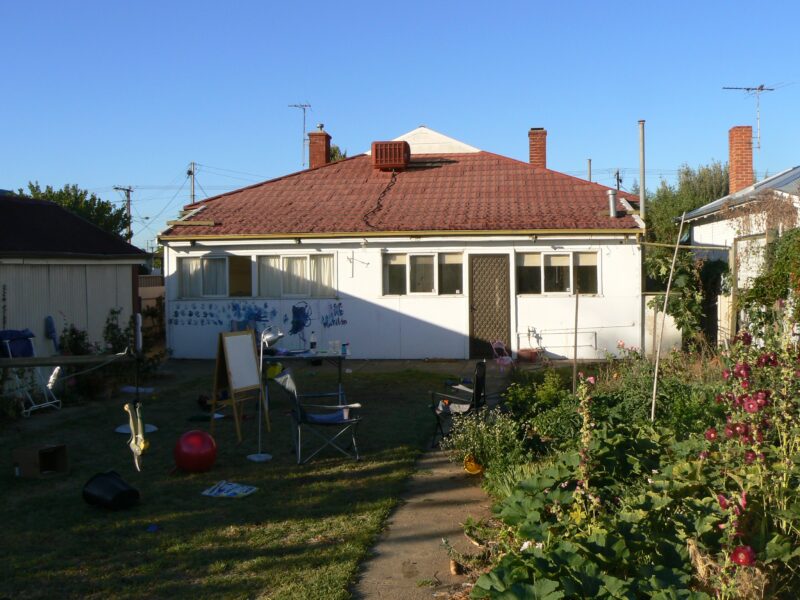
When we purchased the property in 2010, the front yard was lawn and standard ice-berg roses and the backyard was almost completely grassed with a small flower garden. We had a vision to create a garden surrounding the family home that would be water smart, have as many Adelaide-plains native plants as possible while delivering enough space to grow veggies and fruit-trees.
Rewilding West Croydon
The secret to realising a vision is always a plan and so we drew up the one you can see, divided into water zones (high, medium, low) to ensure we could manage water use and not have to redo areas when the house was renovated. Furthermore, we attempted to capture as much rain-water on site as possible, both for domestic use but also to limit run-off into the stormwater system which can become rapidly over burdened during high rain-fall events.
The first area we worked on was the front yard which saw us remove all the lawn and roses and create a rainwater swale designed to capture run off and provide an area for this to soak into the subsoil.
We sourced a fallen redgum log and created a bridge across our new “creek”. The creek was then fed from the stormwater overflow ensuring that it flowed during any rain event and that the distal end was contagious with existing overflows to the street. Armed with “Common Plants from the Adelaide Plains”, our friends at State Flora nurseries and our own propagation, we got to planting more than 200 plants. Now 10 years later, several droughts and replanting’s later you can see the outcomes. This year, more than 15 years after starting, we extended the plantings to the verge allowing us to increase the grasses and ground covers with the help of City of Charles Sturt’s Verges Alive program.
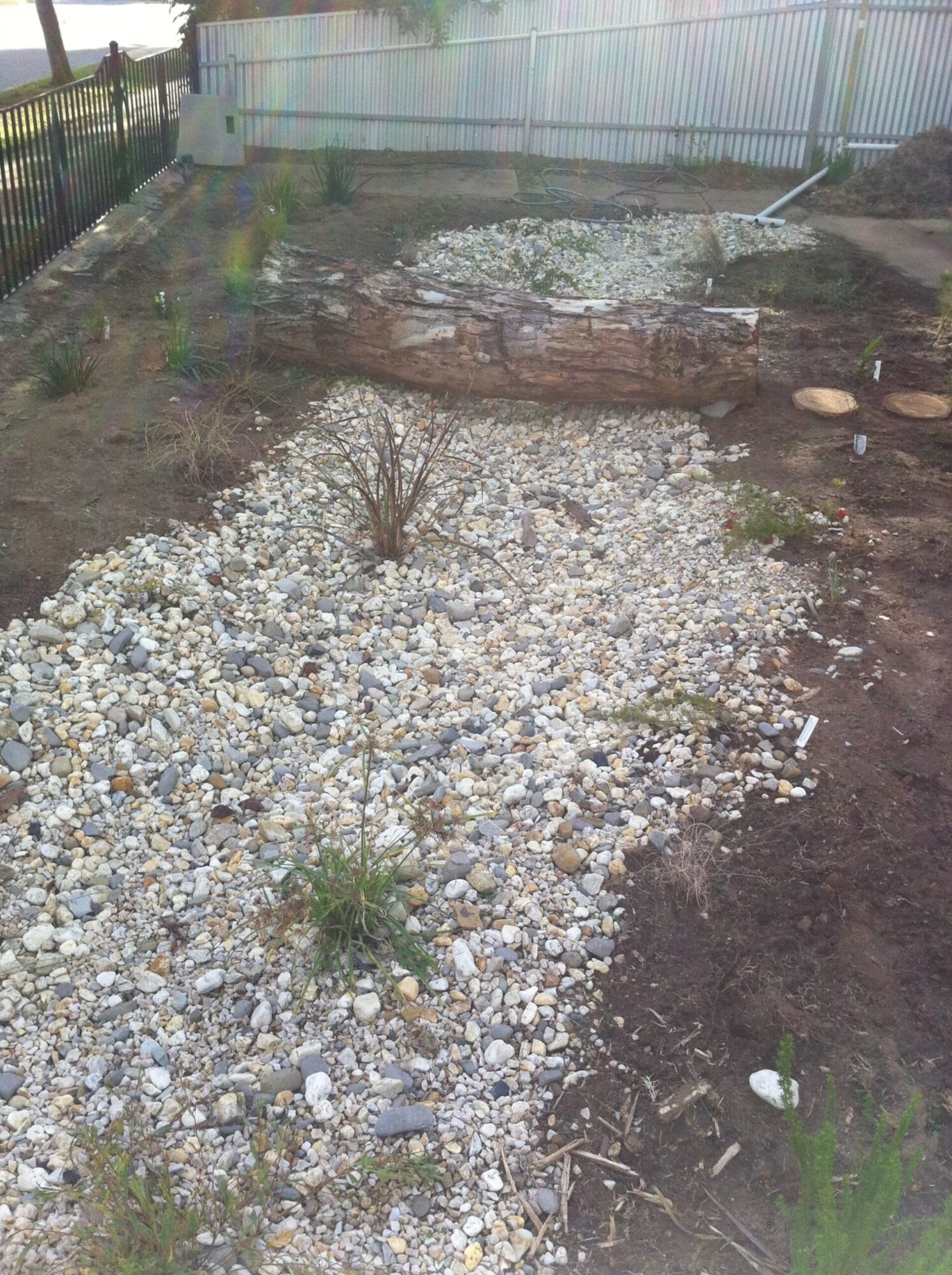
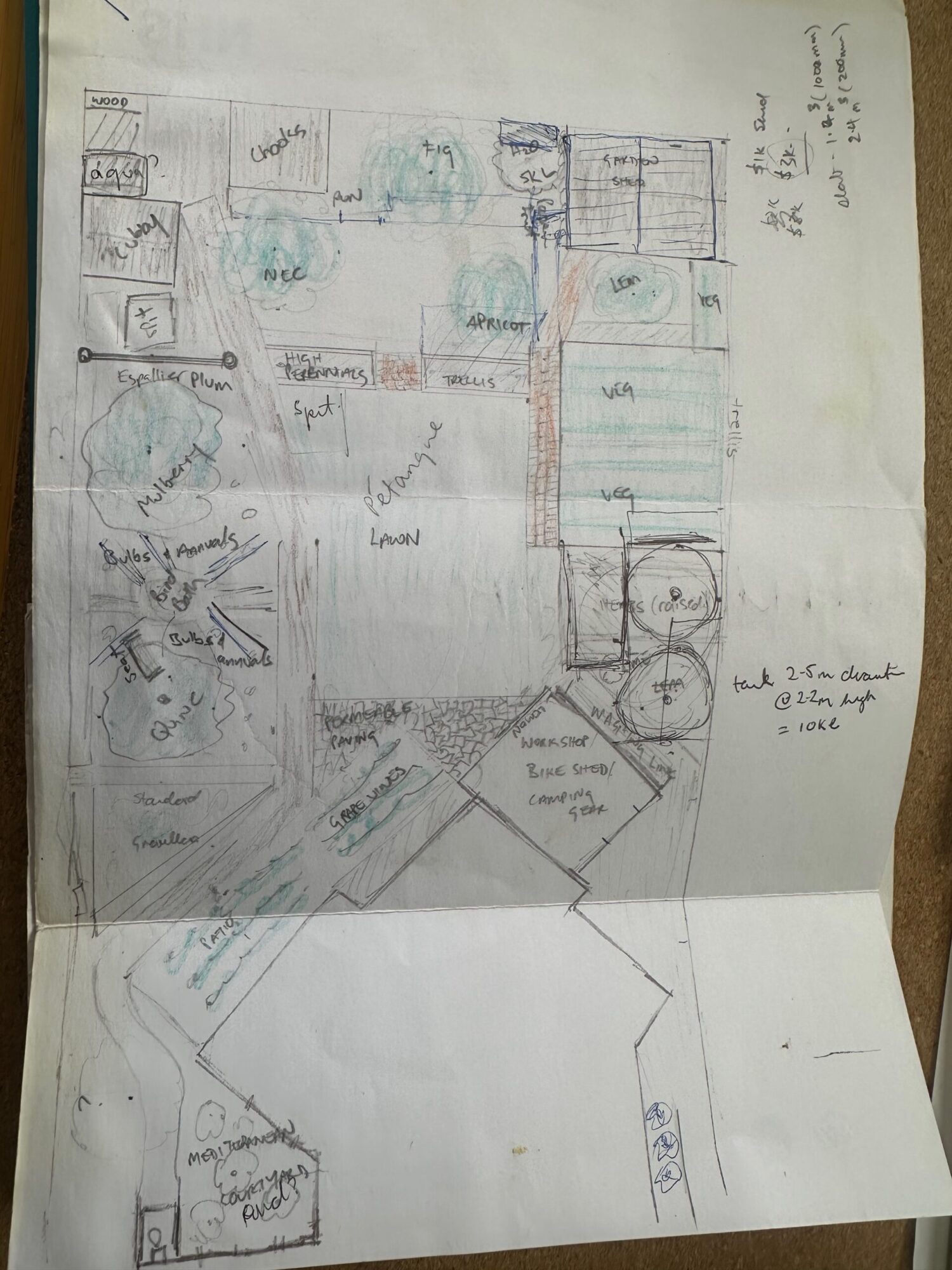
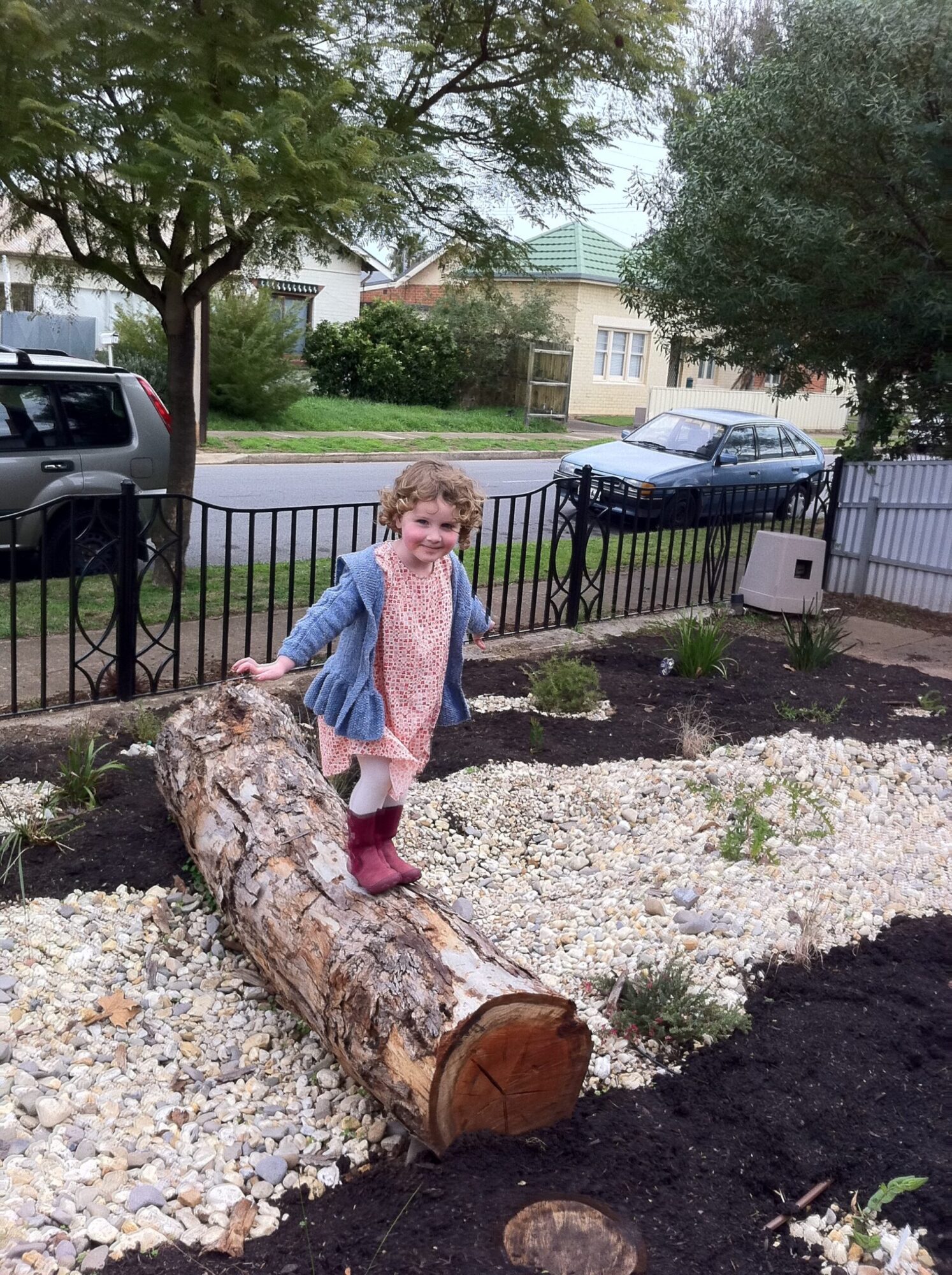
We have seen the return of numerous species of lizards, insects, birds and amphibians drawn to the cover of the natives as well as the nectar and food sources – this is one of the many paybacks.
Meanwhile, around the back we established garden beds initially using mushroom compost but then sustained by our own organic compost. We added chickens for eggs and manure and fruit trees, zoned to water use. Fig, mulberry and olive were left to get on with it while apricot, peach, nectarine, lime (Tahitian & Key), lemon (Mayer, Lisbon and Eureka), blood orange need some water in the summer. We basically run a strong summer veggie patch (tomato, cucumbers, basil, beans, lettuce, peas) and either leave fallow with cover crops in the winter or grow brassicas, potatoes and broad beans when we can. There are herbs everywhere; three or four types of thyme, several sages, oregano, French tarragon and our beloved curry tree. This has resulted in a productive garden where something is away being picked and eaten and there is fruit for nearly 10 months a year.
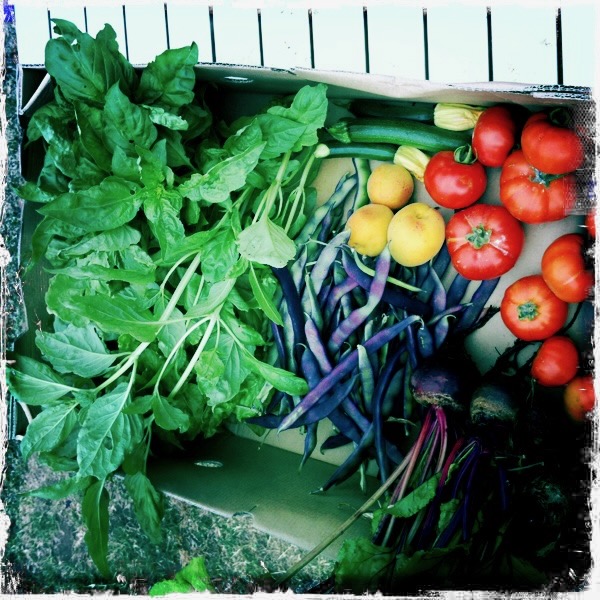
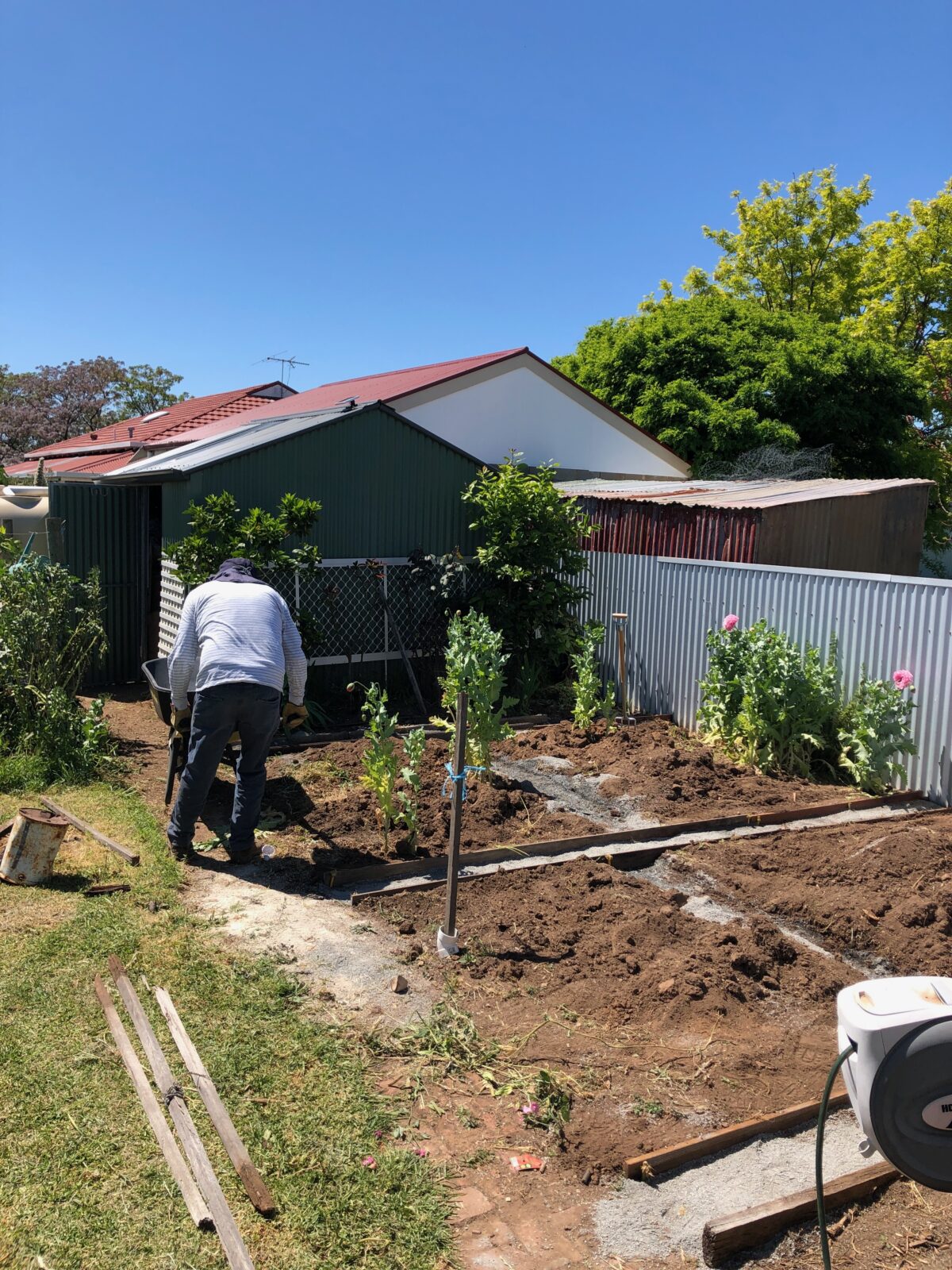
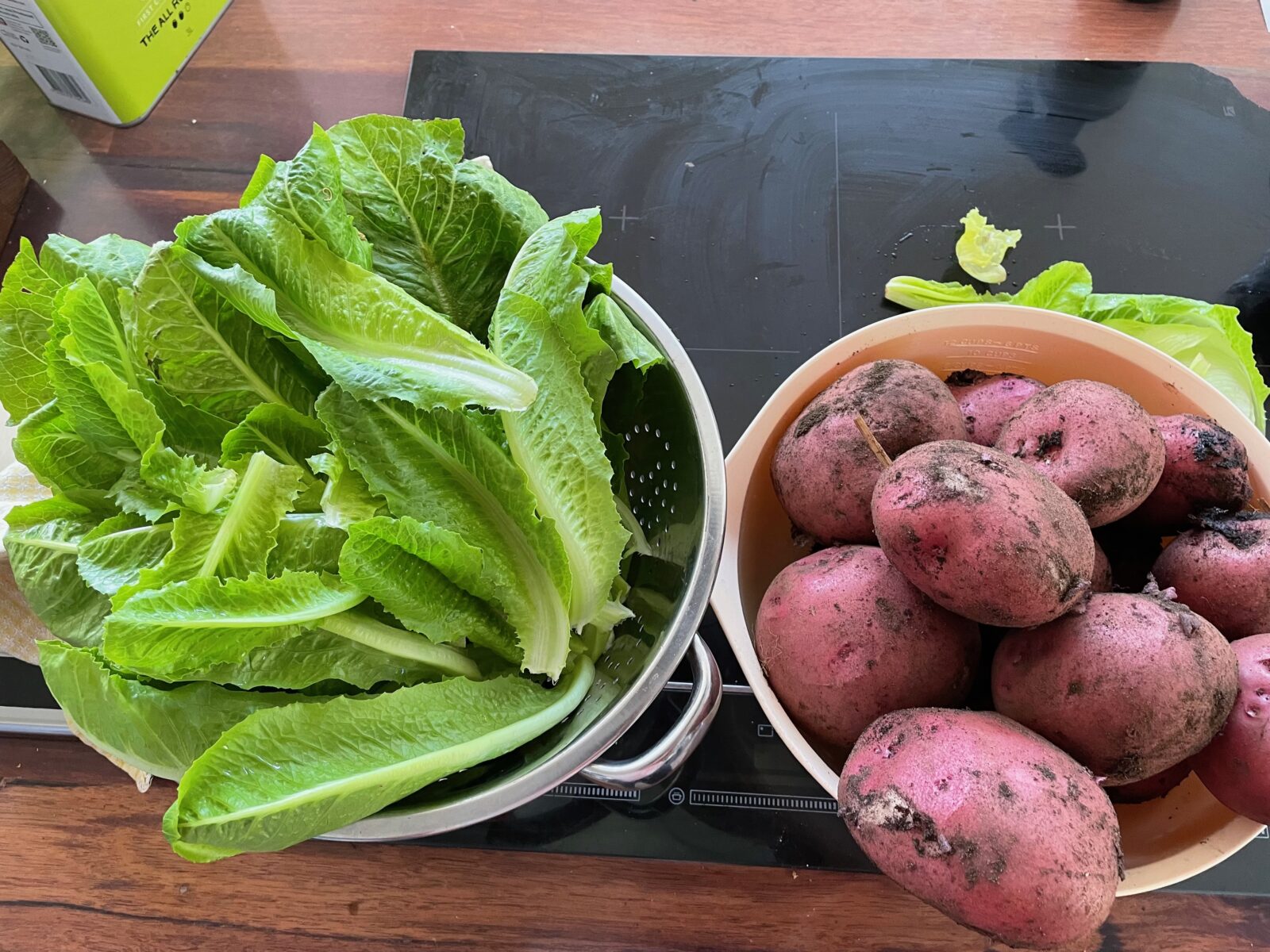
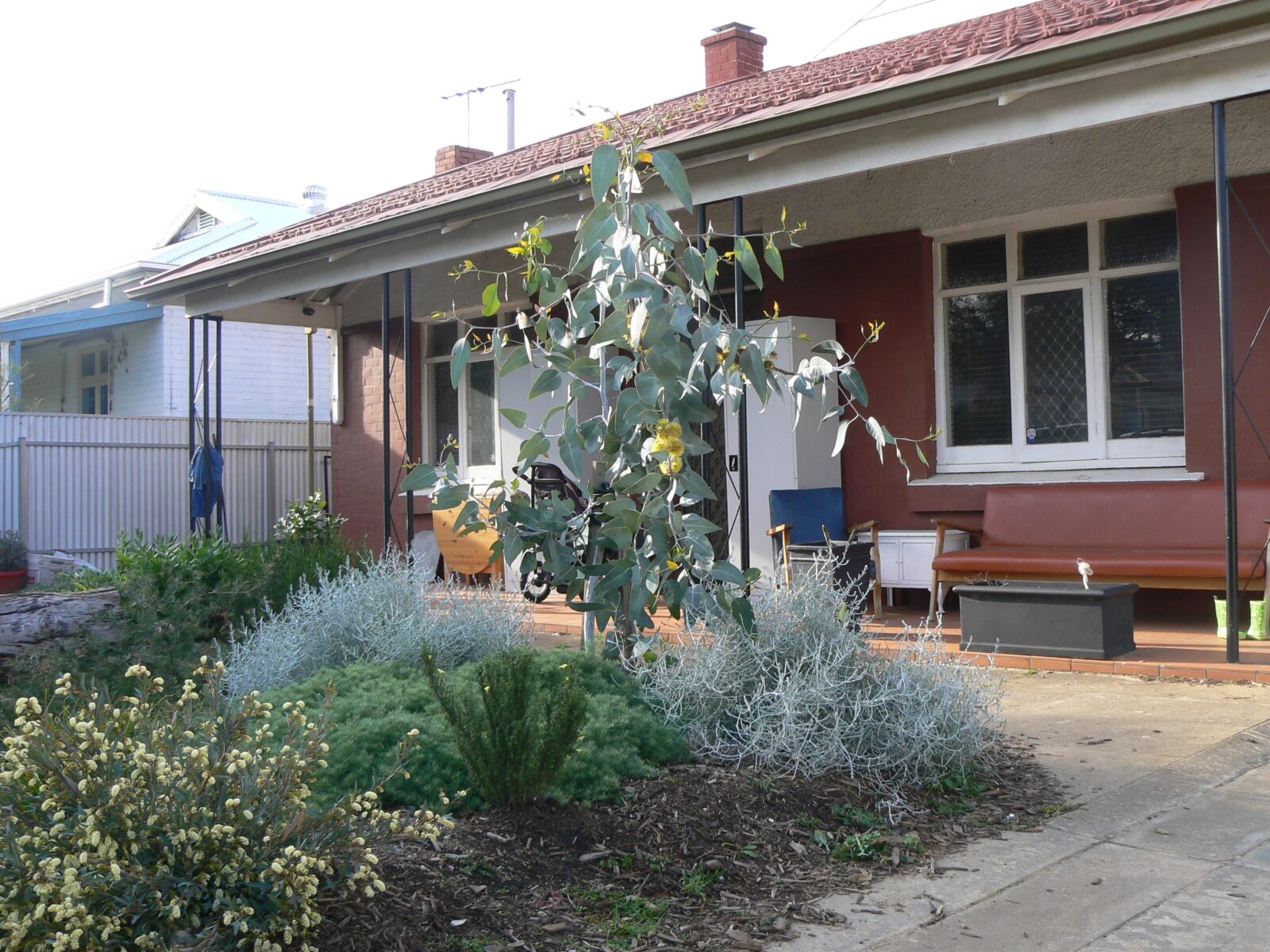
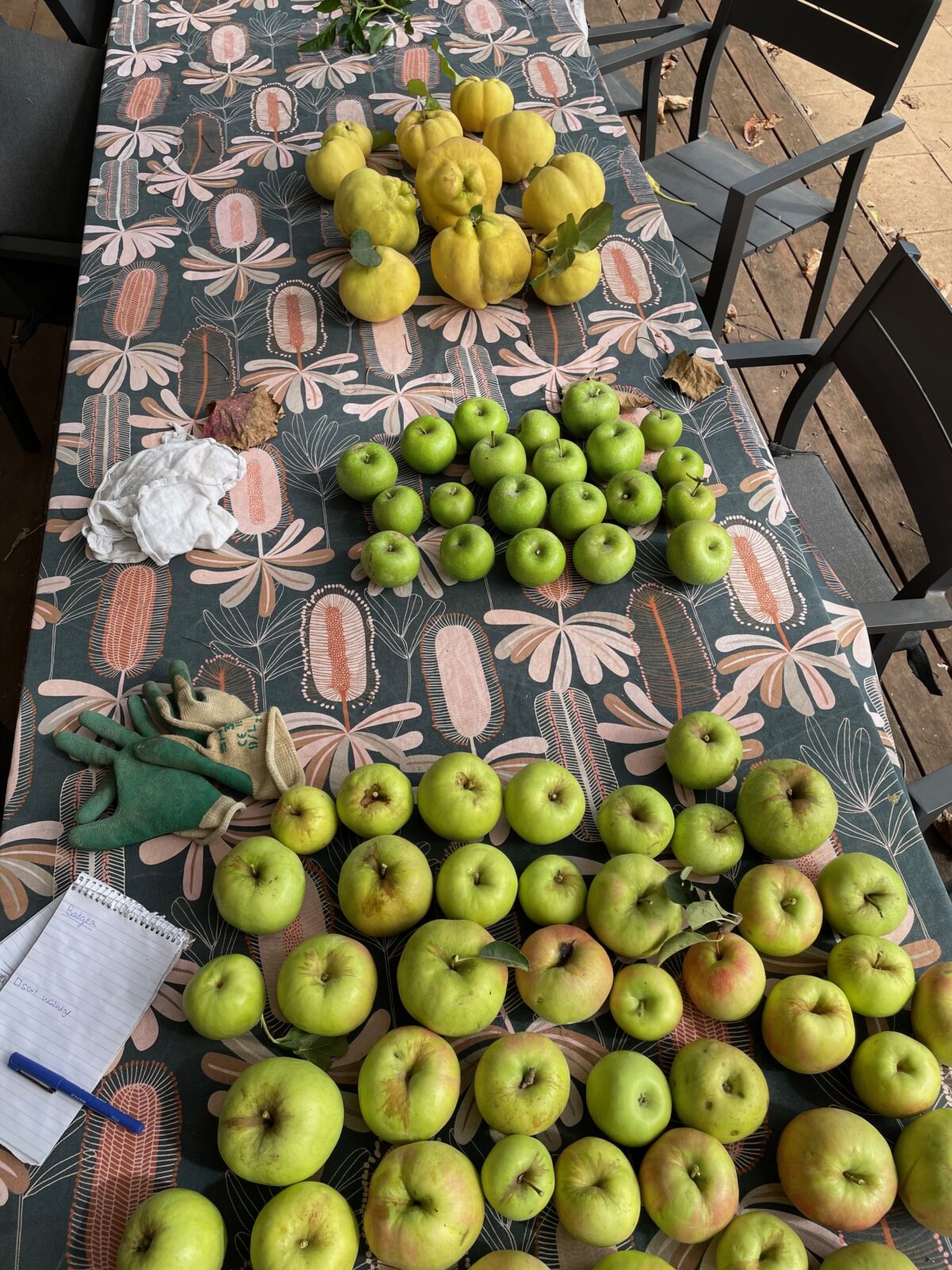
A major renovation in 2012 saw us install a 27,000-litre rainwater tank and use that water for our dishwasher, washing machine and second toilet as well as garden irrigation. It allows us to contain water costs and use almost all of the rainwater that falls on the property with the remainder flowing into the swale in the front yard. We have an addition 15,000 litres at other points connected to sheds and home offices which help water fruit trees and chooks! The passive solar designed extension has deep eaves and a deciduous vine cover over the pergola, protecting us in summer when the sun is high and letting in all of the great winter Adelaide sun. We regularly achieve 22C inside when its 12-15C outside without heating.
With the addition of a home office in 2022, and children growing older, we have started replacing the back lawn with native grasses and flowers further increasing the range of plants on the property. Last year we added a small pond in a courtyard area and now enjoy native fish (Gugeons & Silvertails) as well as tadpoles when my cousin has too many in her dam.
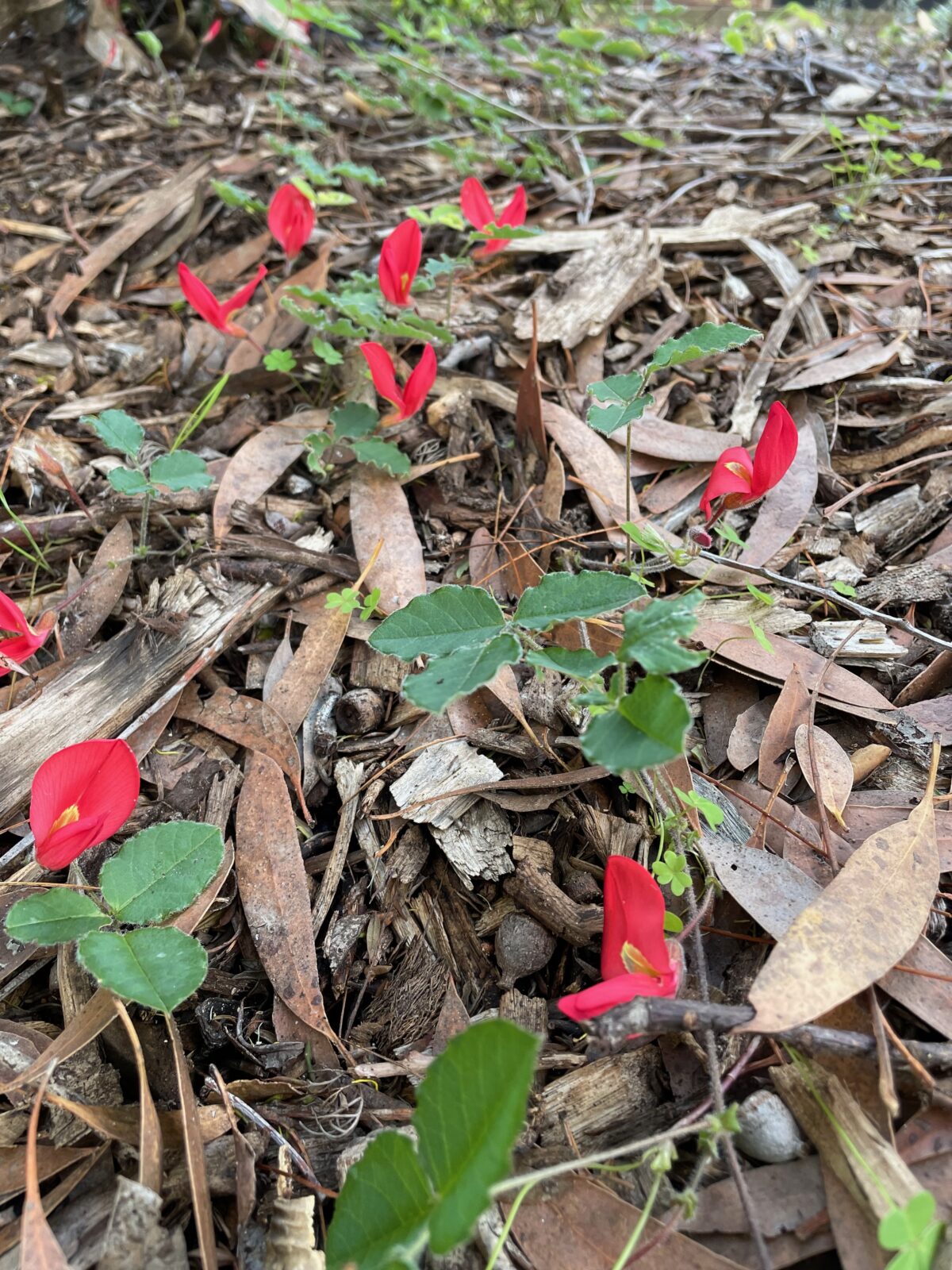
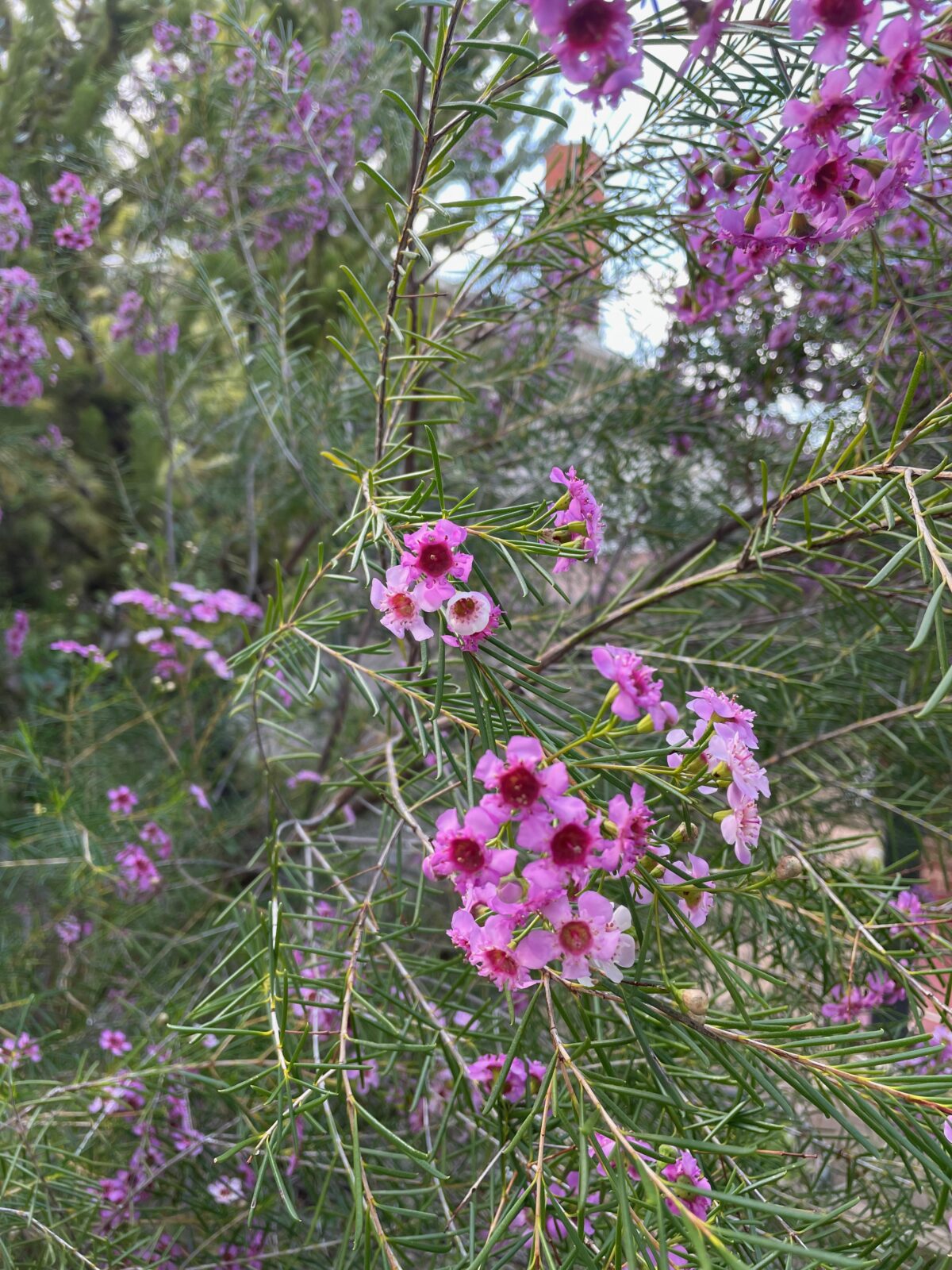
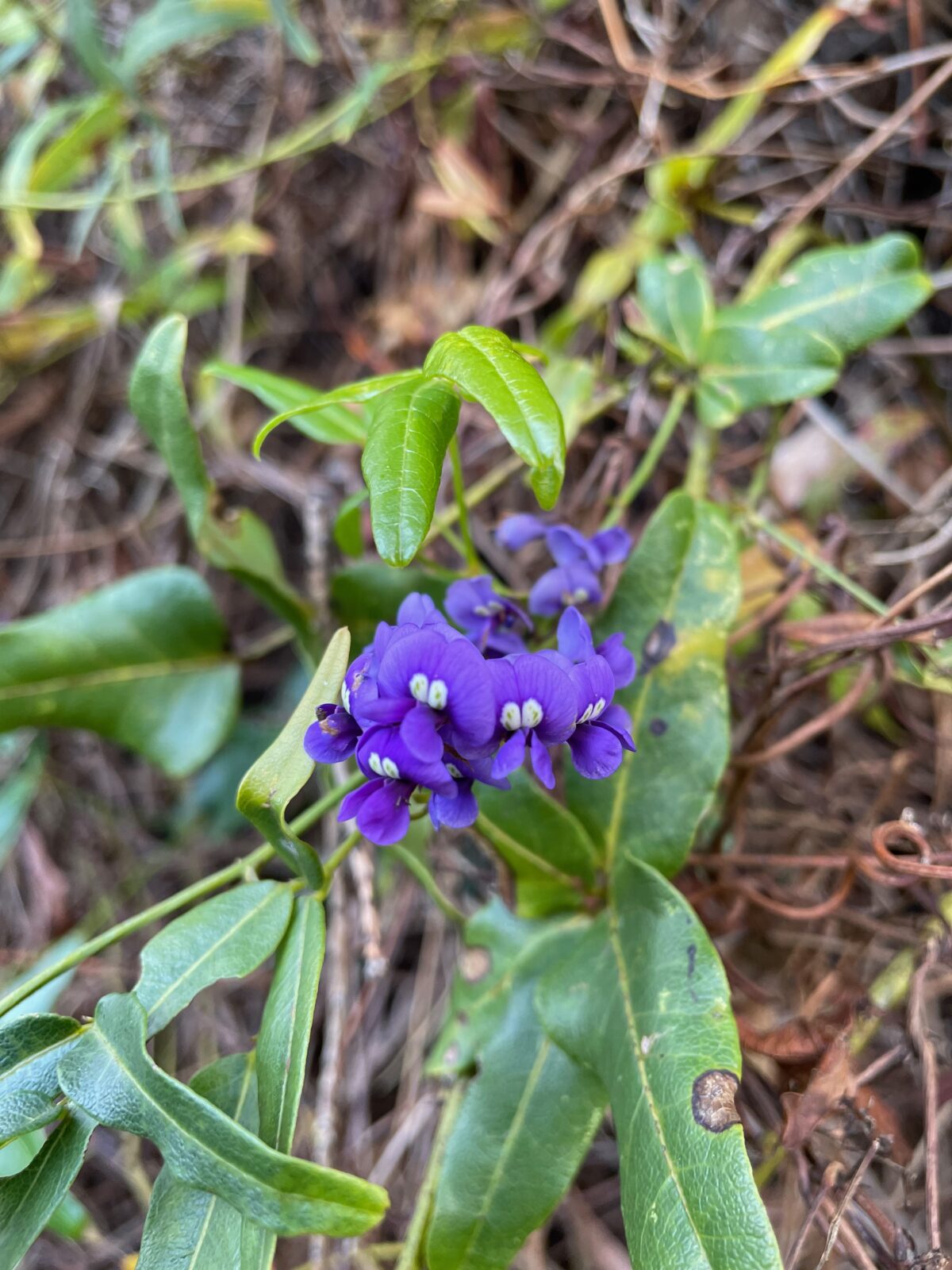
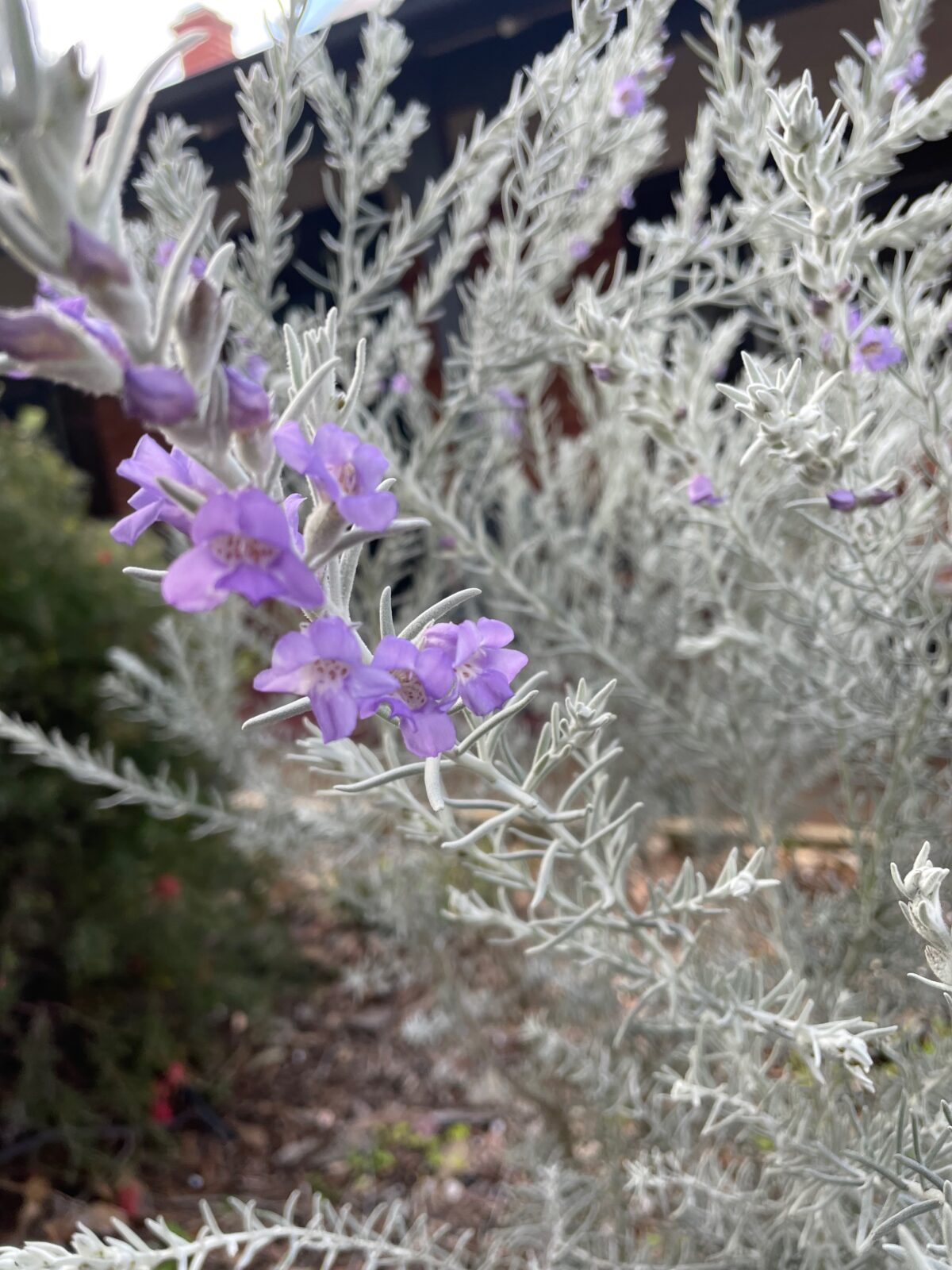
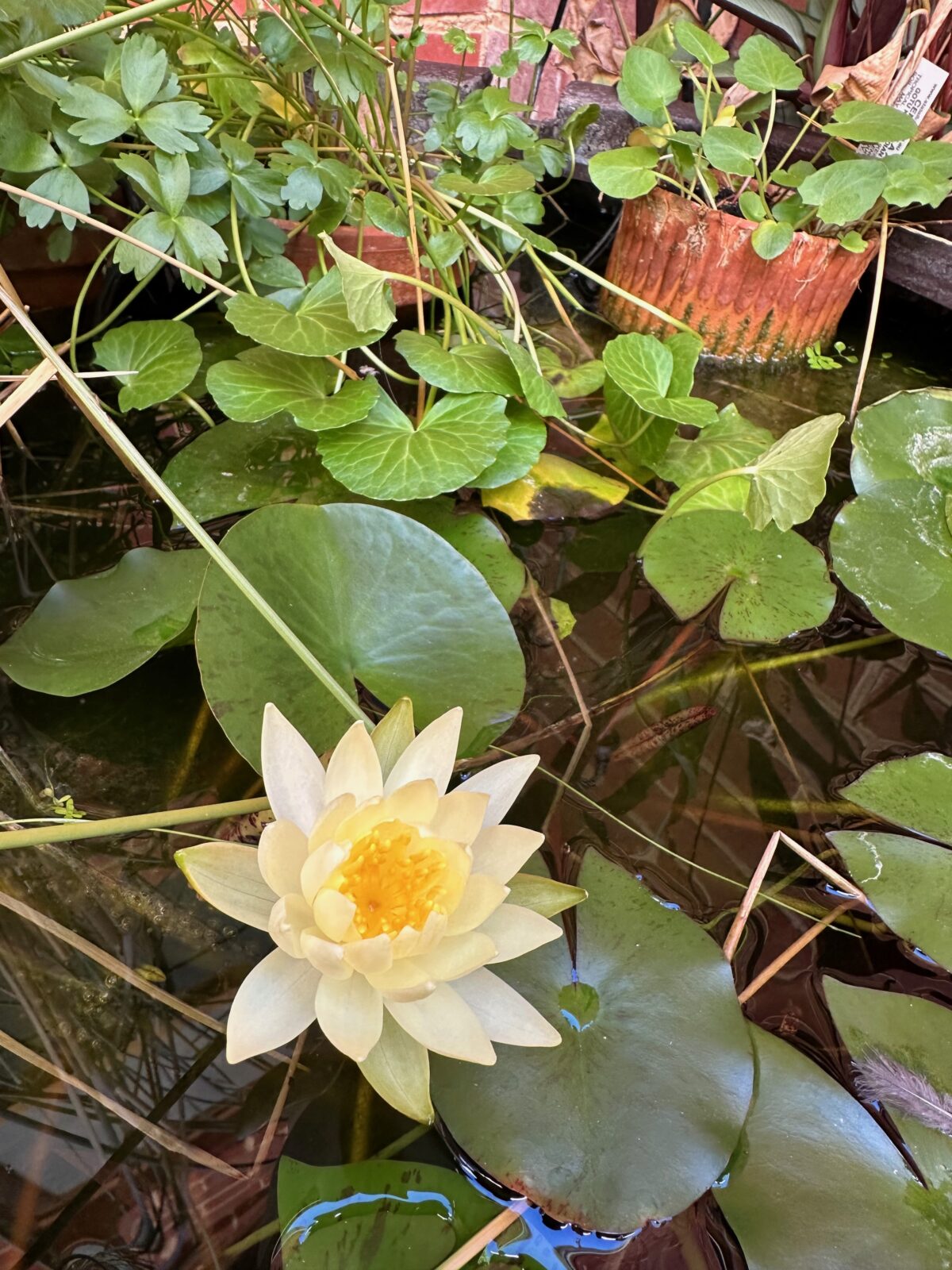
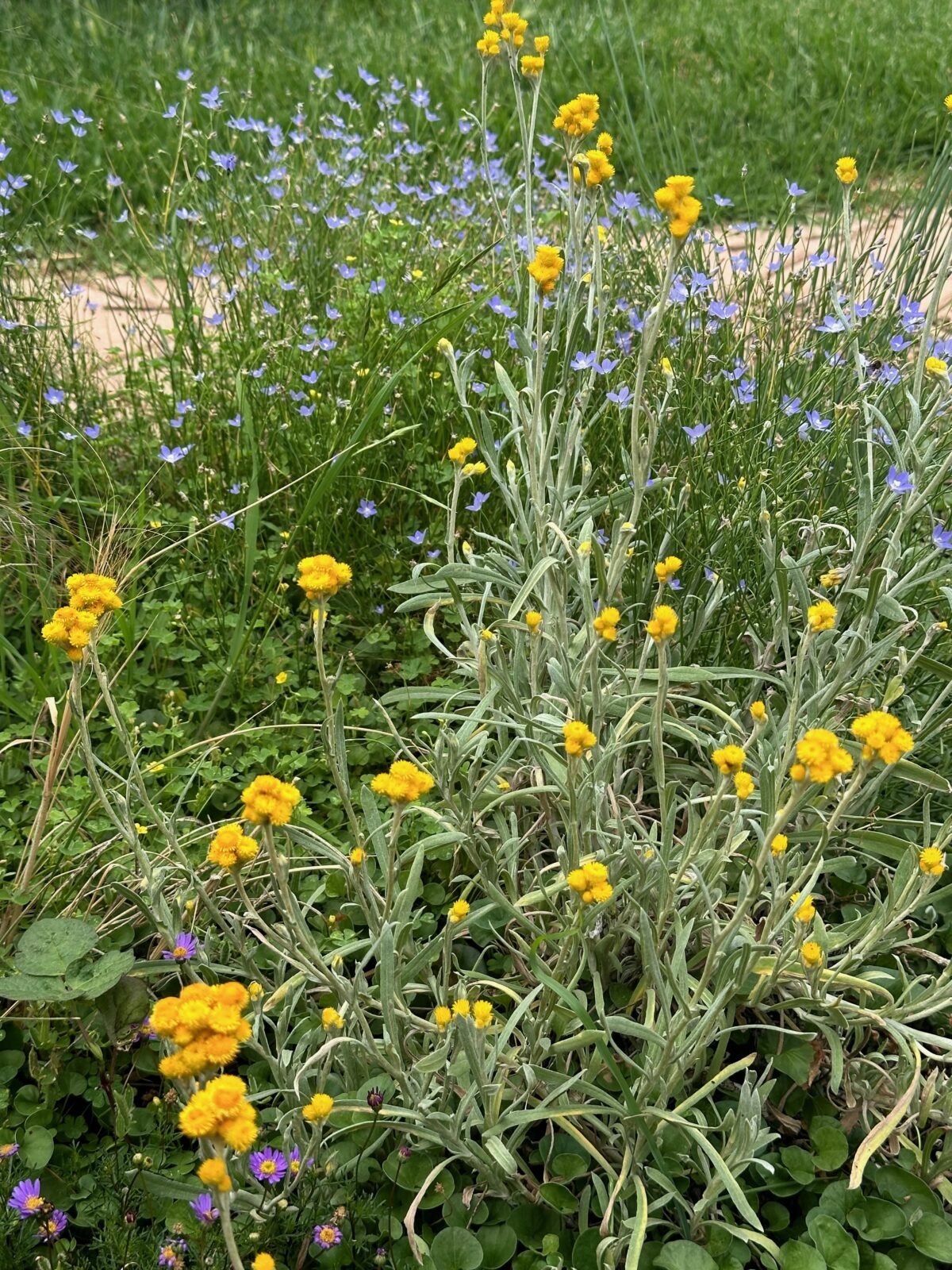
It has been a lot of work over the last 15 years but so rewarding to see the native creatures return and the joys of a productive garden make me happy every day.
We are aware that the current trend and necessity for smaller blocks makes us somewhat of an anachronism but if this is old fashioned, we are guilty as charged.
For me, this process is a metaphor for how we work at Think Human: plan well, execute together, enjoy the fruits of our labour.

